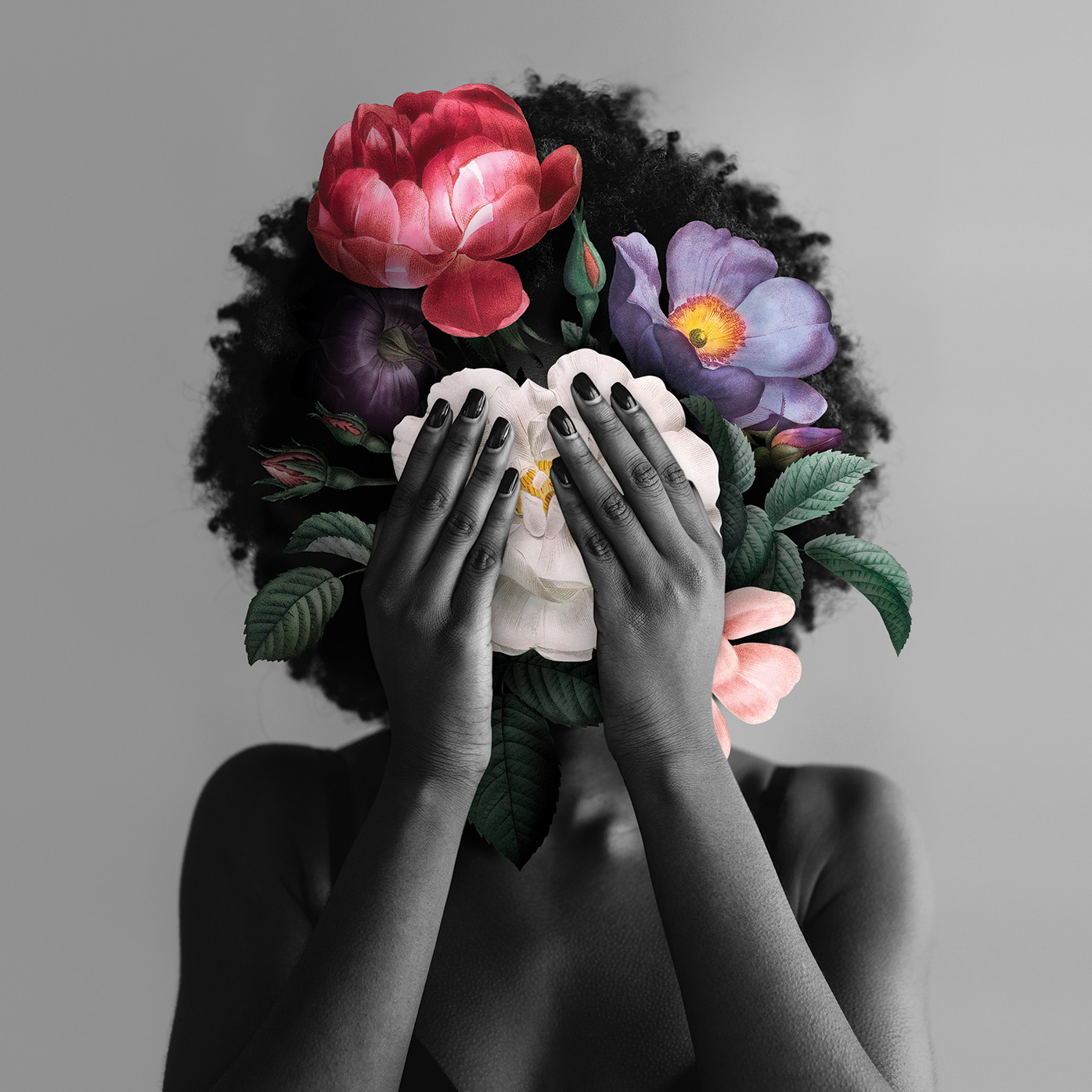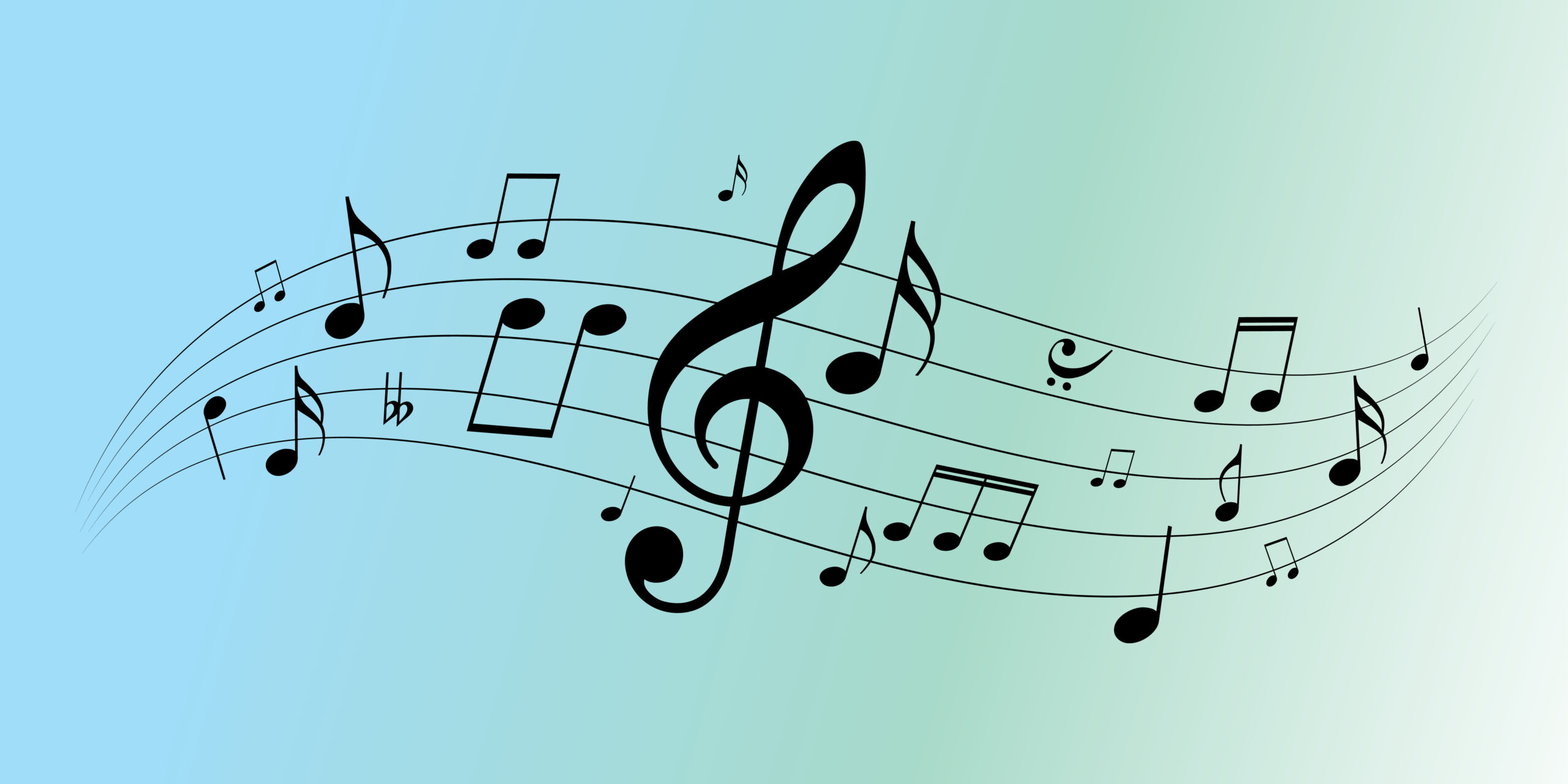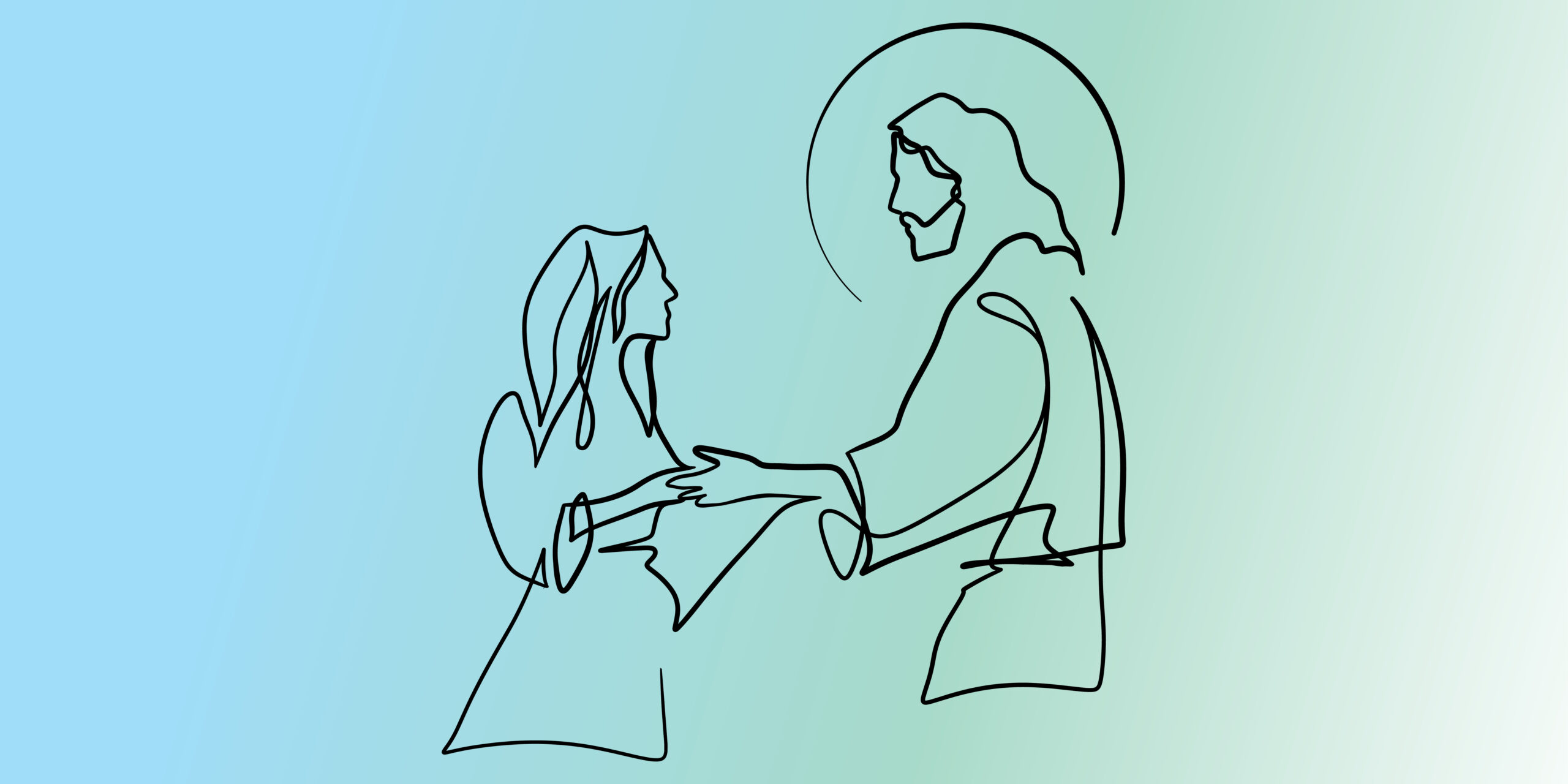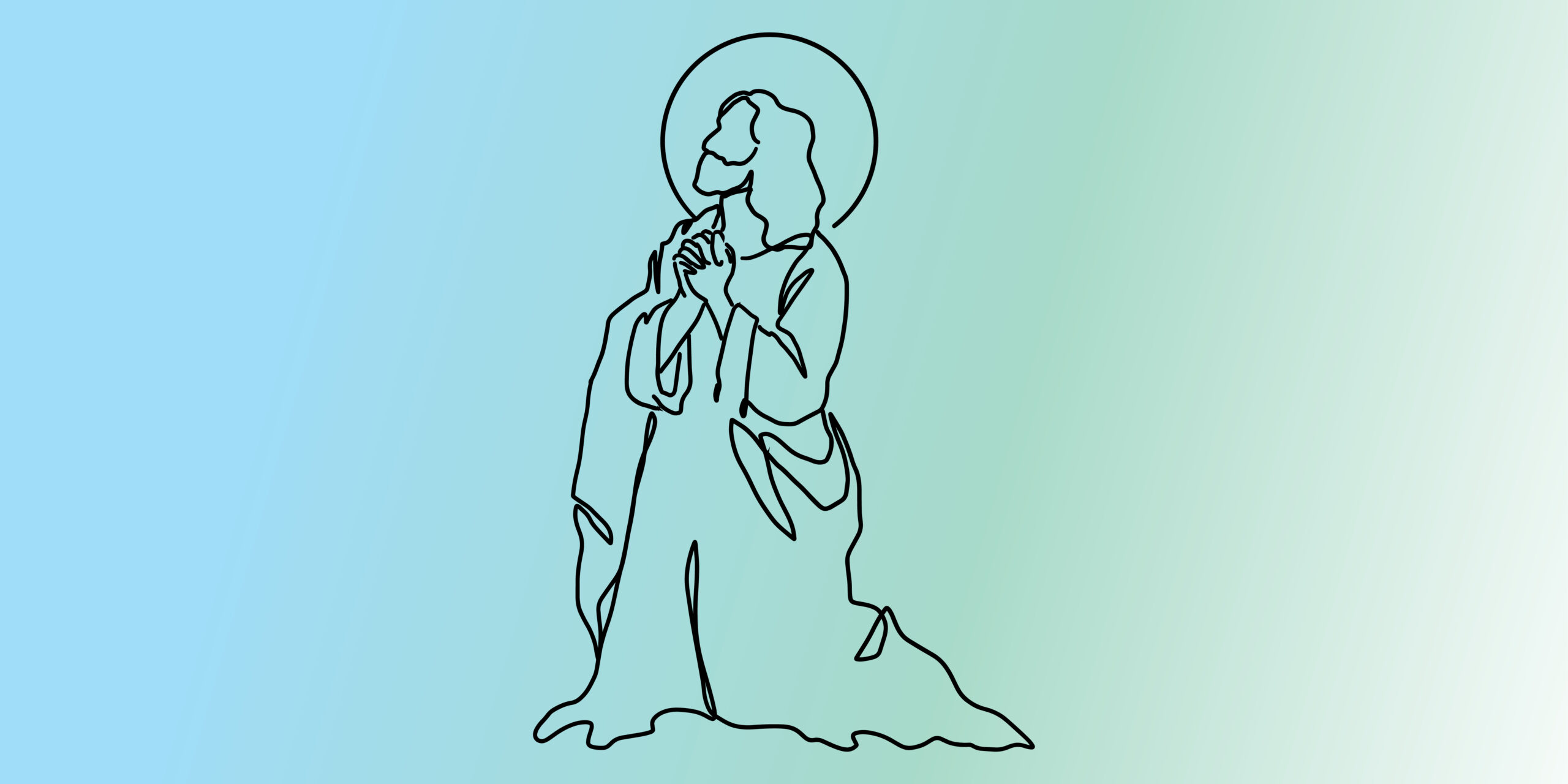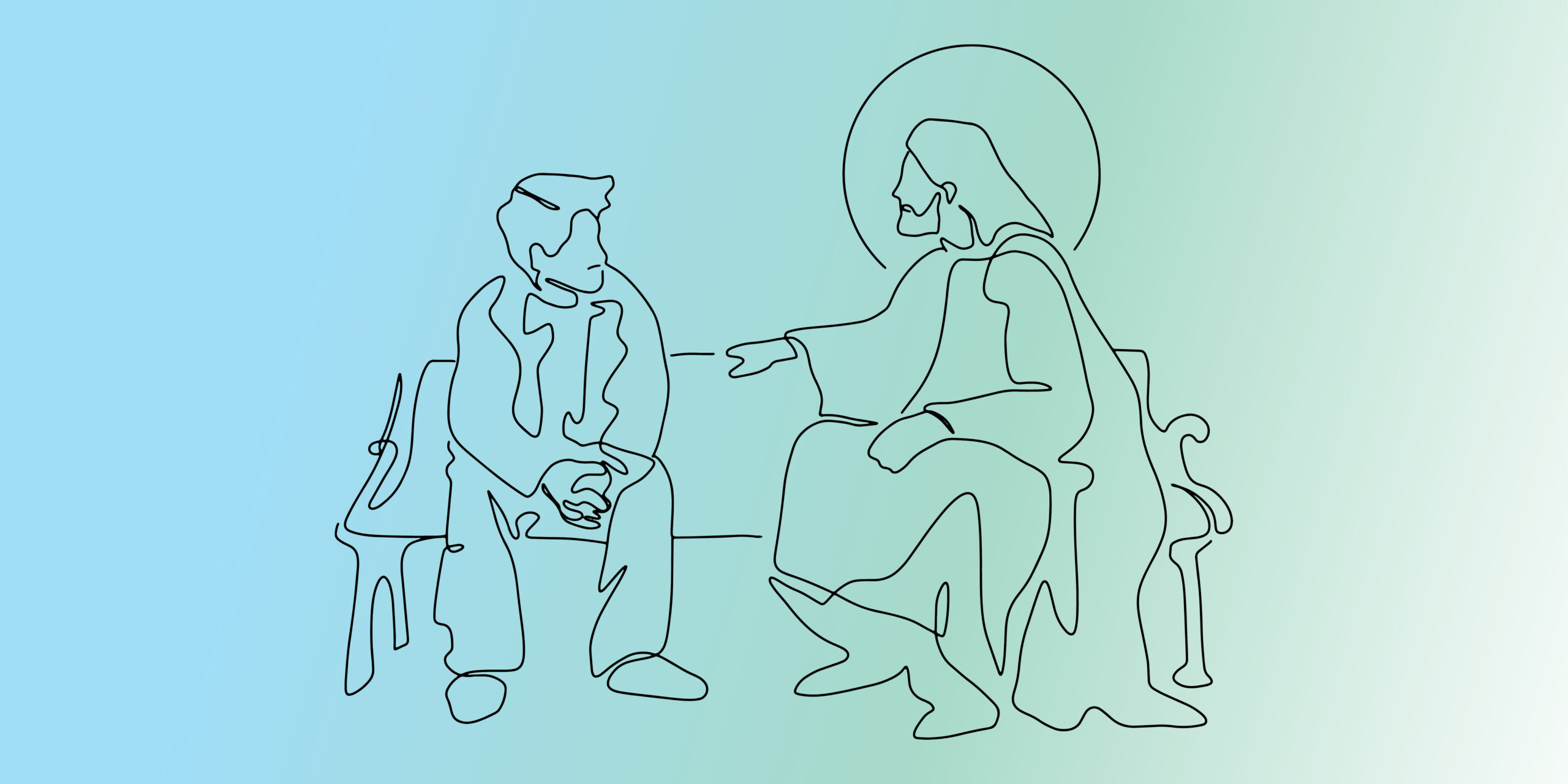Originally published in the GIA Quarterly, Volume 34, Issue 4
Black Catholics in Popular Music
Nate Tinner-Williams
IN THE STORY OF AMERICAN MUSIC, many critics and casual listeners alike have become increasingly hip to the notion that Black musicians are, on the whole, the heart and soul of the narrative. Across genres, African Americans have shone brightly from the earliest days of stateside recorded music, with West African–influenced artistic sensibilities tracing back to the days before, during, and immediately after the transatlantic slave trade.
The Black Church is known to have incubated many of music’s most popular Black stars, but—as is often the case in U.S. ethnoreligious discourse—this Black Christian experience is often reduced to Baptists, Methodists, and Pentecostals. To be sure, these three do predominate. But hidden beneath the surface of the Black American music phenomenon is the presence of Catholics. Their pioneering work cannot be ignored in the conversation of popular music.
Among the earliest American recorded music was jazz, an American genre developed by Black musicians in New Orleans—one of the most diverse and most Catholic cities in the United States. There we find one Jelly Roll Morton, a larger-than-life figure who made a name for himself with his virtuosic piano playing in the ragtime style. Morton would later claim to have invented jazz, though that claim is disputed. Even so, his “Jelly Roll Blues,” published in 1915, is indeed one of the first such compositions in history. He would go on to write the much better-known “King Porter Stomp” in 1923 as well as the melody behind the jazz standard “All of Me.” By the time of his death, Morton was also recognized as the innovator of the “stride” style of piano playing (a derivative of ragtime) and the early forms of boogie-woogie music.
Ironically, Morton’s fame was fomented in the halls of brothels and speakeasies in New Orleans’s infamous red-light district known as Storyville, where lively music and dancing were paired 21
with the most unsavory activities in town. The underlying fact was that Morton was a man of the Catholic faith, a theme that rarely made its way into his music but that adorns his grave in the Crescent City—in lieu of any reference to his musical passion and successes.
THE RADIO ERA
During the radio era that followed Morton came Billie Holiday, New York’s vocalist supreme whose hits dominated the radio airwaves during her prime. She was born into poverty and raised in a Catholic orphanage. Influenced by priests and religious throughout her youth, she nevertheless avoided Christian themes in most of her music. Even so, a few of her tunes (“God Bless the Child,” “Summertime”) display the raw faith that would stay with her even in the most challenging of circumstances. She made headlines for her willingness to play for integrated crowds, which on at least one occasion drew the attention of a federal investigator. Troubles with the law would follow for much of her life, culminating in her deathbed arrest by the authorities shortly before she received last rites from a priest.
A fellow New Yorker, jazz pianist Mary Lou Williams also played an undeniable role in the development of popular music. A convert to the Catholic faith, she experienced a religious epiphany midway through her career that caused her to stop playing music entirely. She wouldn’t return to the bench for a number of years, choosing instead to immerse herself in her faith and in charitable works toward those who, like Holiday, struggled with addiction and other personal issues. Williams would later be influenced to return to music by a priest. After resisting for some time, Williams relented and began releasing religious and secular songs alike, some of which would become the most popular of her career. One important work was her Black Christ of the Andes album, which included the haunting track “St. Martin de Porres,” among various other unmistakably Catholic tunes.
Parallel to much of the early jazz era came the emergence of rock and roll, which kicked off a second era of popular music. It is often considered a White genre, with superstars like Elvis Presley, Bill Haley, and Hank Williams taking much of the spotlight. It was a Black artist, however—New Orleans’s own Fats Domino—who lays partial claim to having invented the genre with his song “The Fat Man,” recorded in 1949. It sold over a million copies and rocketed the Black Creole crooner to international fame. Elvis himself, as well as the Beatles, cited Domino as an influence on their musical development.
As the counterculture movement brought new sensibilities to American youth, a new wave of Black artists also brought new genres into the fore of the music world, with piano-driven styles giving way to bass guitars, drums, keyboards, and synthesizers. The Meters, a New Orleans–based group made up of George Porter Jr., Leo Nocentelli, Ziggy Modeliste, and brothers Art and Cyril Neville, began to experiment in the 1960s with what eventually became known as funk music. Their hits included “Sophisticated Cissy” and “Cissy Strut,” part of a two-decade run that drew minimal commercial fanfare but garnered praise within the musician community. Their rhythms were based on the “second line” style associated with Black ceremonial parades in the Crescent City, which themselves have deep Black Catholic roots. Unsurprisingly, each member of the Meters had similar beginnings, with Porter once considering the priesthood.
Chaka Khan, a Black Catholic songstress from Chicago, was dubbed the “Queen of Funk” after her career successes with the band Rufus, which carried over into her solo career. She had chart-toppers in successive decades, beginning in 1974 with “You Got the Love” and followed by “Sweet Thing,” “I’m Every Woman,” and the classic soft rock track “Higher Love” with Steve Winwood in 1986.
HIP-HOP AND RAP
Closely following the booming era of funk was the boom-bap of hip-hop and rap, which ostensibly emerged in the Big Apple in 1973 with DJ Kool Herc, a Catholic school boy from Jamaica who pioneered in spitting “raps” over a beat. Another claimant, however, is the Watts Prophets, a Los Angeles collective formed in 1967 that delivered poems atop a percussive rhythm, a slight variation from the East Coast style. Their second album, Rappin’ Black in a White World, was released in 1971. The Prophets’ roots were partially in Louisiana, via Black Creole members Anthony “Amde” Hamilton and Richard Dedeaux. Hamilton, raised a Catholic, would later become an Ethiopian Orthodox priest and perform a poem at the funeral of Bob Marley (who was raised Catholic in Jamaica).
The East-West rivalry in rap music would extend far beyond origin stories, with various figures butting heads in the larger hip-hop movement during the 1980s and ’90s, most famously with the violent exchanges between Los Angeles’s Death Row Records under Marion “Suge” Knight and New York’s Bad Boy Records, led by the Catholic-raised Sean “Puff Daddy” Combs (now known as Diddy). The clashes culminated in the death of two of the genre’s biggest stars, 25-year-old Tupac Shakur in 1996 and 24-year-old The Notorious B.I.G. the next year, both of whom had feuded personally for months prior. Like DJ Herc, Biggie—born Christopher Wallace—had Jamaican roots and was educated in Catholic schools in Brooklyn, where he reportedly received the sacraments as a child.
In more recent decades, the influence of Black Catholics has been notably muted, partially because of superstar artists’ reticence to wade into religious matters that could draw unwanted attention and also because of the general trend toward secularism, even in the notable religious African American demographic. Even so, notable names in the pop music world include Beyoncé, whose reign atop the charts continues unabated, and whose background includes a partially Catholic upbringing in Houston, where her mother’s Creole family migrated from South Louisiana. Frank Ocean, whose two studio albums (Channel Orange and Blonde) have pushed boundaries in modern music and seen commercial success, was also Catholic for a time in his youth.
Representing New York in the late stages of the 20th century was the young singer Aaliyah, who during a 12-year career—most of it during her teenage years—managed to top the Billboard charts multiple times. This included her 2000 hit “Try Again,” the first-ever song to top the singles chart on airplay alone. She died tragically in a plane crash at the age of 22 and was funeralized at Manhattan’s Church of St. Ignatius, having been a Catholic all her life.
Master P and Lil’ Wayne, two of the biggest modern rappers to come out of New Orleans, have also been open about their Catholic faith, with the former famously ponying up half a million dollars in the late 1990s to save a trio of Black parishes and parochial schools in his hometown, including his alma mater and childhood church. Wayne has said in recent years that, during a prison sentence, he considered becoming a Christian rapper.
The could-haves of Catholics in modern Black music are ongoing, and the great exodus of Black Catholics from the faith in the 1970s onward has been of no help to the vision. Recent studies show that barely more than half of African Americans raised Catholic remain in the church as adults, and this is by all means reflected in the current landscape of Black artists in popular music. Even so, when one peruses the history of the genre and phenomenon, the Black Catholic influence is, quite simply, off the charts.
NATE TINNER-WILLIAMS is cofounder and editor of Black Catholic Messenger, a nonprofit digital media publication covering stories of interest to African American Catholics. He is a seminarian with the Society of St Joseph of the Sacred Heart, also known as the Josephites. He currently resides in Washington, DC.

